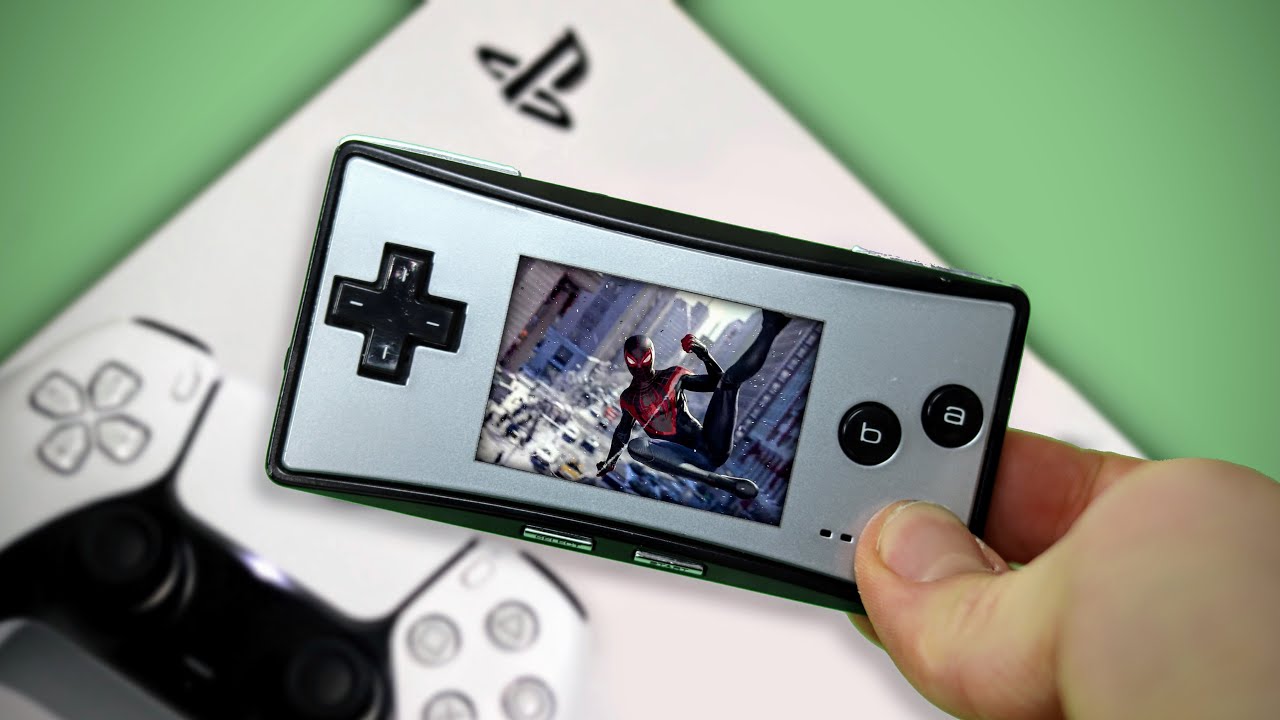I’m looking for info on how the Video (as in cartoons/movies) cartridges get their video on screen. Hoping to use a Raspberry Pi or similar, have it’s GPIO send video in the appropriate format, then have the Pi also get button states. Basically, the goal is to make a compute card that works with an unaltered Game Boy. Main use will be as a music player (MP3, FLAC, AAC, WAV, etc.). I believe programming for the specs of the original Game Boy but using a 5 volt tolerant 3.3 volt microcontroller/Pi will allow it to work on any Game Boy from the original to the Micro and DSs. I’ve been looking for a project that would allow me to try coding by getting started with some assembly language prefereably. The card will ideally get it’s own audio out and bluetooth to bypass the low resolution DAC of the game Boy
To elaborate, I need to figure out how these work, get the Pi’s GPIO to do it, and add control output back to the Pi (probably during V.blank intervals.
Maybe this helps for a start?
douevenknow.us
Can help you with basic electronics, but concerning the Gameboy interactions, your guess is likely better than mine 
If I had the video in cart, and the other stuff needed, maybe ROM dumping would help for reverse engineering. I’m trying to not sink much money into this one; I have other projects doing enough of that.
Well, one small piece of the puzzle is using bitmap graphics mode (GBA only). 5:21 How Graphics worked on the Nintendo Game Boy Advance | MVG - YouTube
You might find what you need in a game boy advance software development kit and documentation but I do not support of getting it through illegal methods
I was going to link that exact video. He has a few on the inner workings that may or may not be useful. I love the idea, hope you get it all working. As a media player it would be funny to whip out a brick gameboy.
This topic was automatically closed 273 days after the last reply. New replies are no longer allowed.
